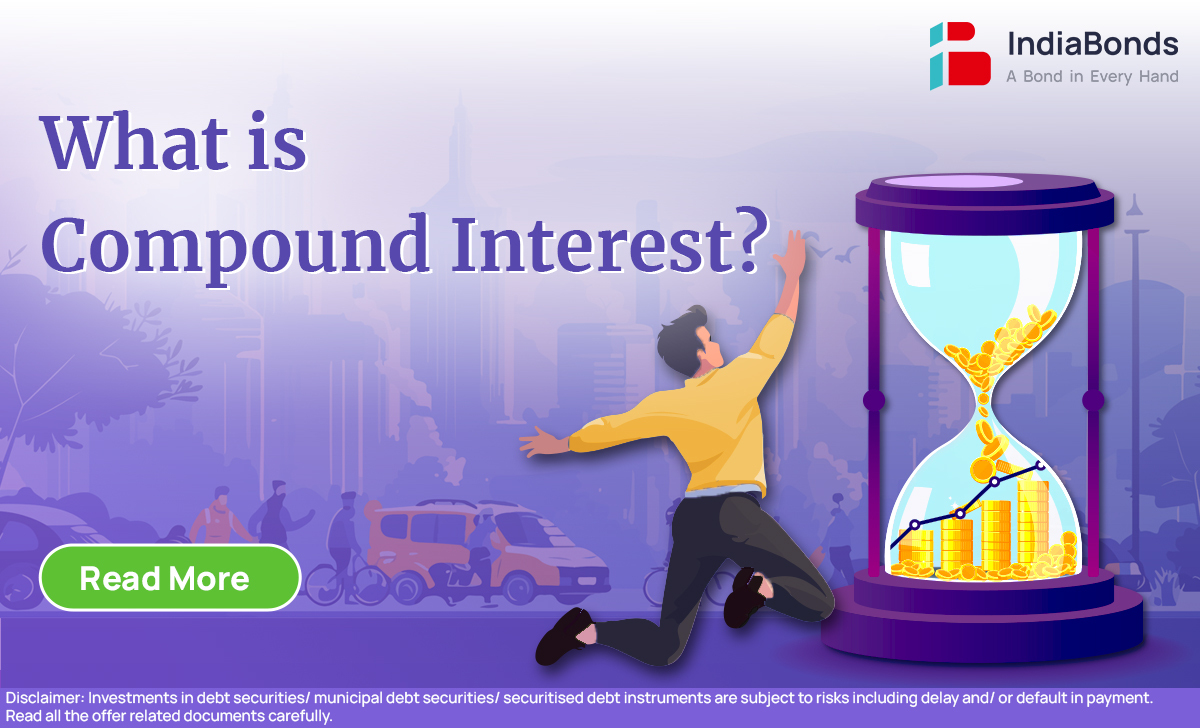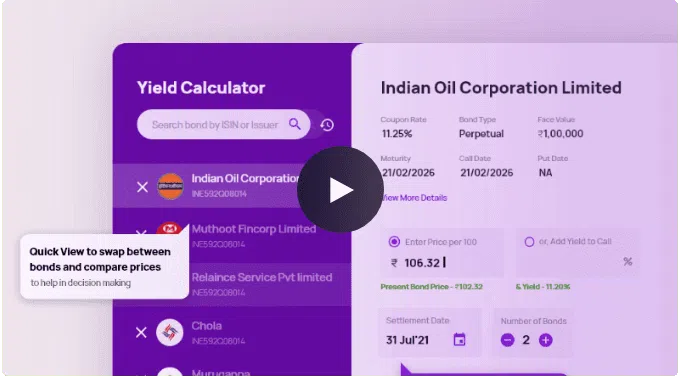What is Compound Interest?

Picture this: you’ve got a little money pot, right? You put some rupees in there. Now, the bank, or wherever you keep it, gives you a little extra, like a bonus, for keeping your money with them. That’s called interest.
Now, here’s the cool part: with compound interest, that bonus money? It starts earning its own bonus! It’s like your money is having little baby money that also grows up and makes more money. It’s a snowball effect, you know?
Let’s Make it Real Simple:
You’ve got ₹10,000, and you want to save up for that trip. You put it in a savings account, and the bank says, “You will get 10% interest every year.”
First Year: Boom! You get ₹1,000 extra. Now you’ve got ₹11,000. Easy peasy.
Second Year: This is where the magic happens. Instead of just getting 10% on the original ₹10,000, you get 10% on the whole ₹11,000. That’s ₹1,100! So, now you’ve got ₹12,100.
See? It’s not just growing, it’s growing faster. That’s compound interest for you. It’s like your money is on a roll!
Pros of Compound Interest?
- It Grows Faster: It’s way better than just putting money in a jar.
- Perfect for Long-Term Stuff: Think retirement, buying a house, or your kid’s education.
- Start Early, Win Big: The sooner you start saving, the more those little helpers can work.
- Reinvesting is Super Smart: If you take the interest you earn and put it back in, it grows even faster.
- It Makes You a Super Saver: Watching your money grow makes you want to save more.
Cons of Compound Interest?
- It Needs Time: It’s not a get-rich-quick thing. It’s a slow and steady process.
- Debt Works the Other Way: If you owe money on a credit card, the interest piles up, making it harder to pay off.
- Sometimes You Can’t Touch Your Money: Some savings plans have rules about when you can take your money out.




Investments that can give you compound interest.
- Your basic savings account.
- Those fixed deposits your parents talk about.
- Mutual funds
- Your retirement savings (like your PPF).
- The Simple Truth
Compound interest is your friend. It’s a simple way to make your money work harder for you. Just start saving, be patient and let those little helpers do their thing.
FAQs
1. What is compound interest and how is it different from simple interest?
Compound interest earns returns on both the principal and accumulated interest, whereas simple interest is calculated only on Th3he principal.
2. What is the best investment to leverage compound interest?
Fixed deposits, specific bonds, mutual funds and retirement accounts are great investment avenues benefiting from compounding.
3. How often is compound interest applied?
It depends on the investment. Some compound annually, while others do so monthly or quarterly. Higher compounding frequency leads to better returns.
4. Can compound interest apply to loans?
Yes, credit cards and certain loans use compound interest, which can result in significant debt if payments are missed.
5. What is the disadvantage of compound interest?
The major disadvantage is that it takes time to maximize benefits. Also, in loans, compounding can increase debt burdens.
Disclaimer : Investments in debt securities/ municipal debt securities/ securitised debt instruments are subject to risks including delay and/ or default in payment. Read all the offer related documents carefully.


















Indiabonds | 5 min

Indiabonds | 5 min



































